By Rachel Lovelock
I’ve lived in Indonesia for 26 years and have explored more than my fair share of the many islands within this vast archipelago. I’m always keen to travel to new places but there’s one tiny, isolated group of islands in the the Spice Islands, which have truly captured my heart, drawing me back again and again.
The Banda Islands
The Banda Islands are a destination that time seems to have forgotten. A destination so far off the tourism map that few people know of either the islands’ existence or their major historical importance.
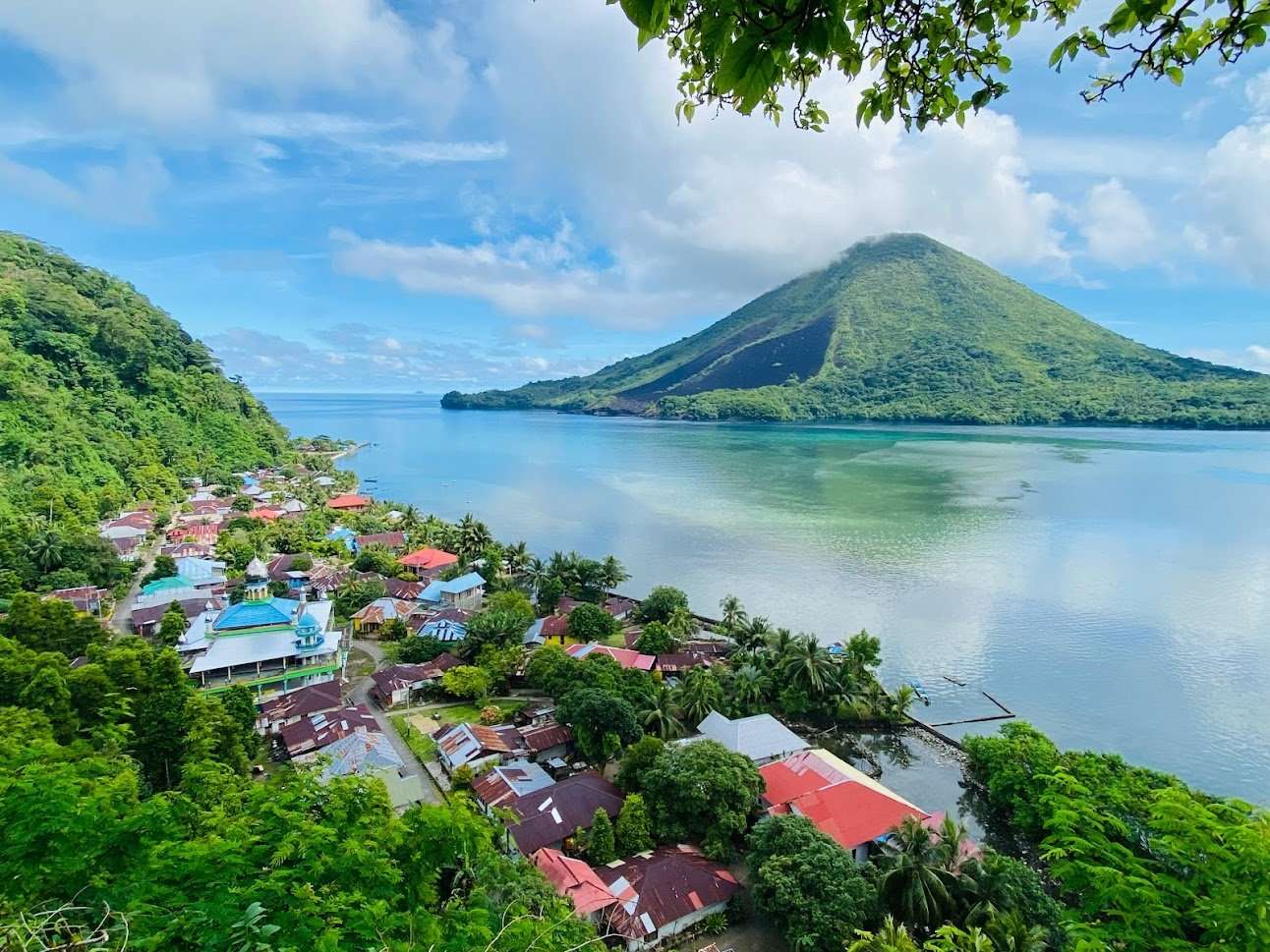
Once the world’s only source of nutmeg, these islands shaped the history of colonialism in the East Indies from the 16th century onwards when nutmeg was worth more than its weight in gold. Colonial powers vied bitterly for control of the only place on Earth where this spice could be found, and in the early 17th century, the Dutch were so ruthless about getting the nutmeg trade for themselves that they massacred most of the native population of the Banda Islands.
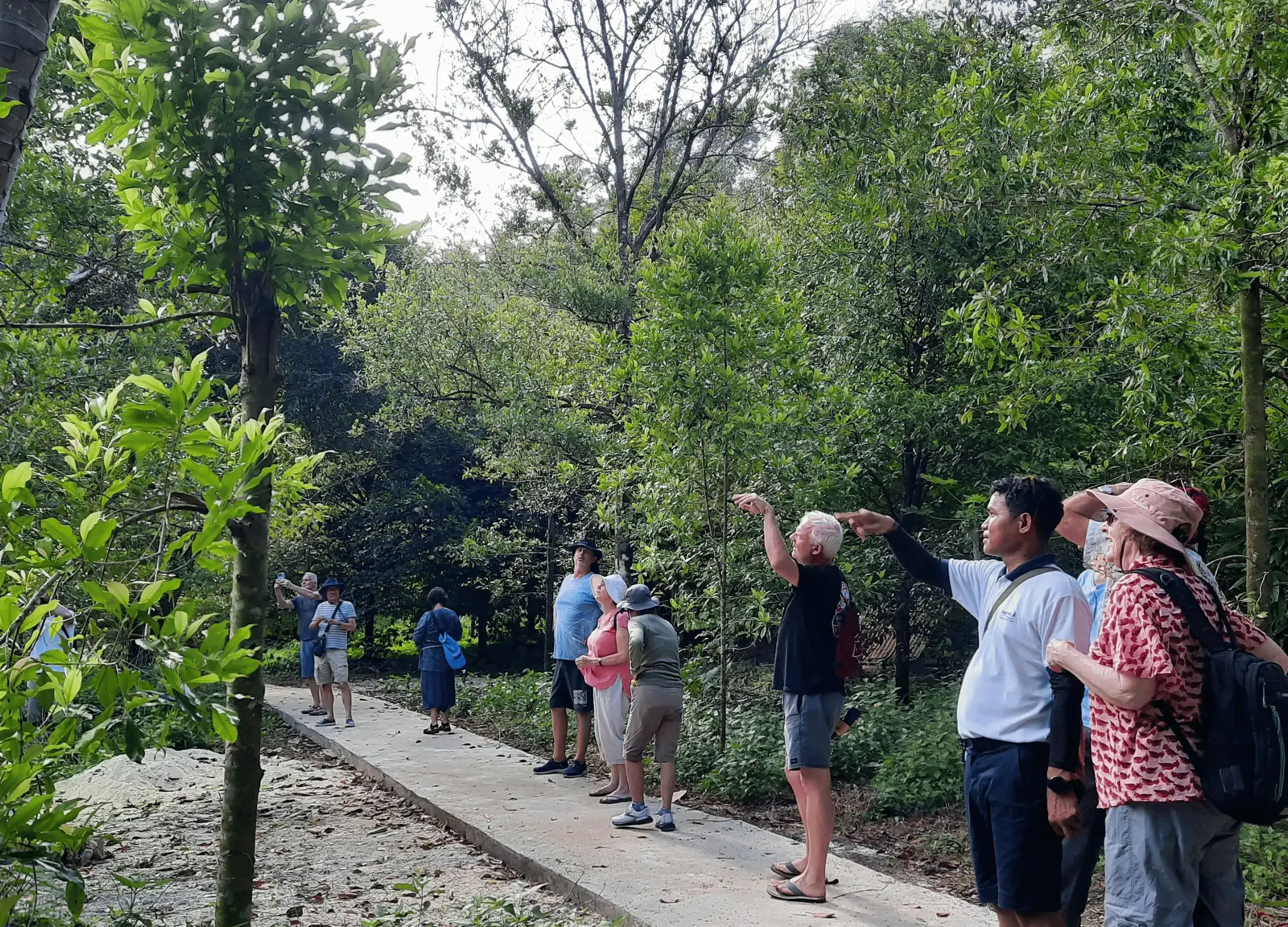
Nowadays, intrepid travellers come not to trade for spice – although there is plenty to be had at the market in Banda Neira – but to absorb the historic atmosphere, visit the old forts, wander through the sun-dappled nutmeg plantations, climb Gunung Api – ‘Fire Mountain’, dive, snorkel, and marvel at the dolphins that cavort alongside the local boats.
My First Visit to Banda
My first visit to Banda was in October 2009, along with my then-boyfriend-now-husband, Michael. We’d been warned that getting there would be difficult, a bit like falling off the edge of the acknowledged world. After flying from Bali to Makassar and then to Ambon, we boarded an old wooden ferry.
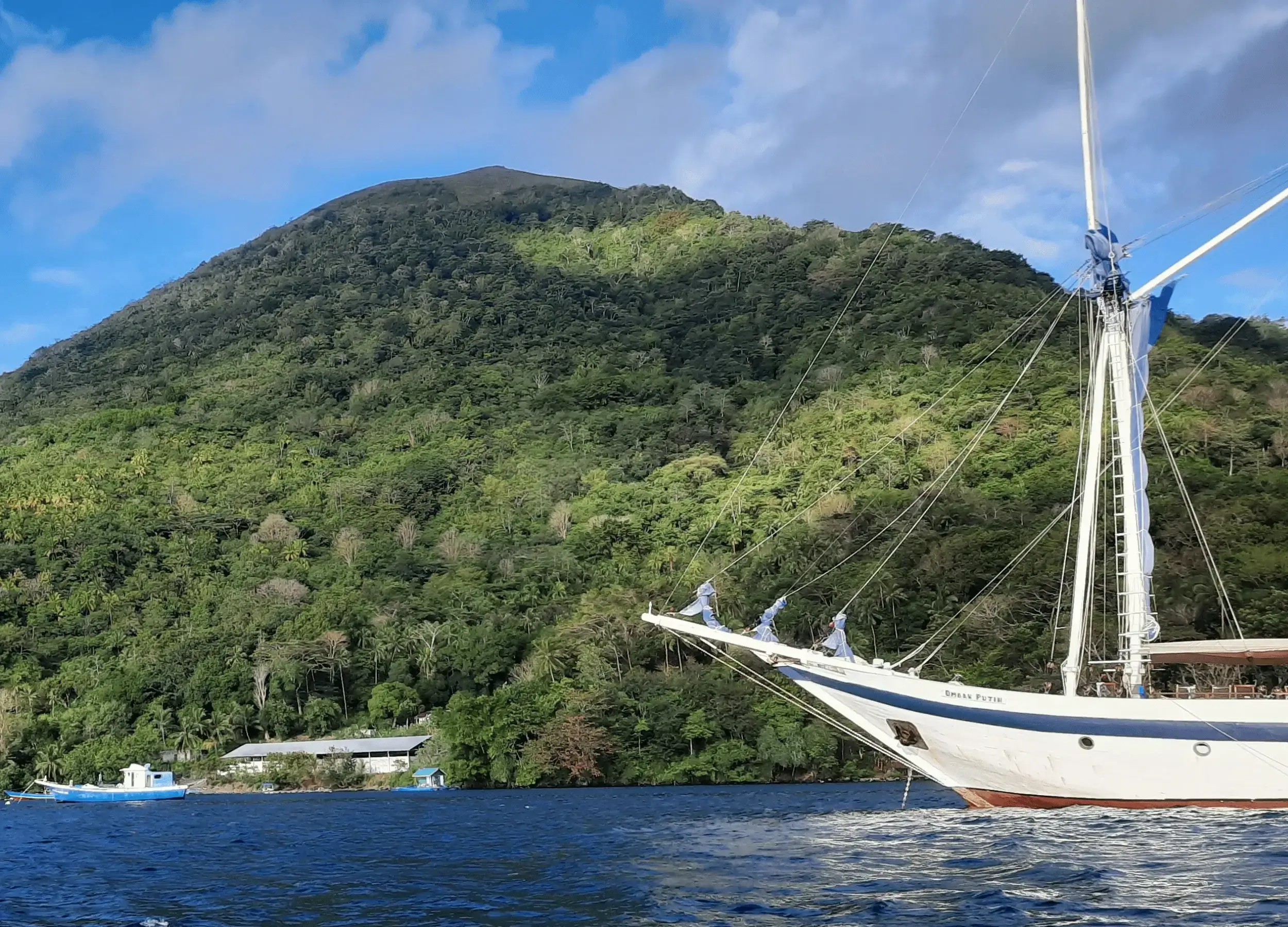
It was a long and uncomfortable journey, but as we approached the island of Banda and Run, our excitement intensified, giving us the feeling of being on a par with the pioneering spice traders. I should mention, however, that we have since chosen to travel in relative luxury with SeaTrek Sailing Adventures.
Exploring Banda Neira
Banda Neira town can be easily explored on foot, and a great place to start is the majestic Fort Belgica, built by the Dutch in 1611 in an attempt to gain a monopoly on the nutmeg trade, despite being continually thwarted by the British. Presiding over the island from its lofty perch, the ramparts of the fort offer a spectacular view of Gunung Api (fire mountain) and the ‘Sonnegat’ (sun’s gap) – the narrow, deep trench of water that separates it from Banda Neira.
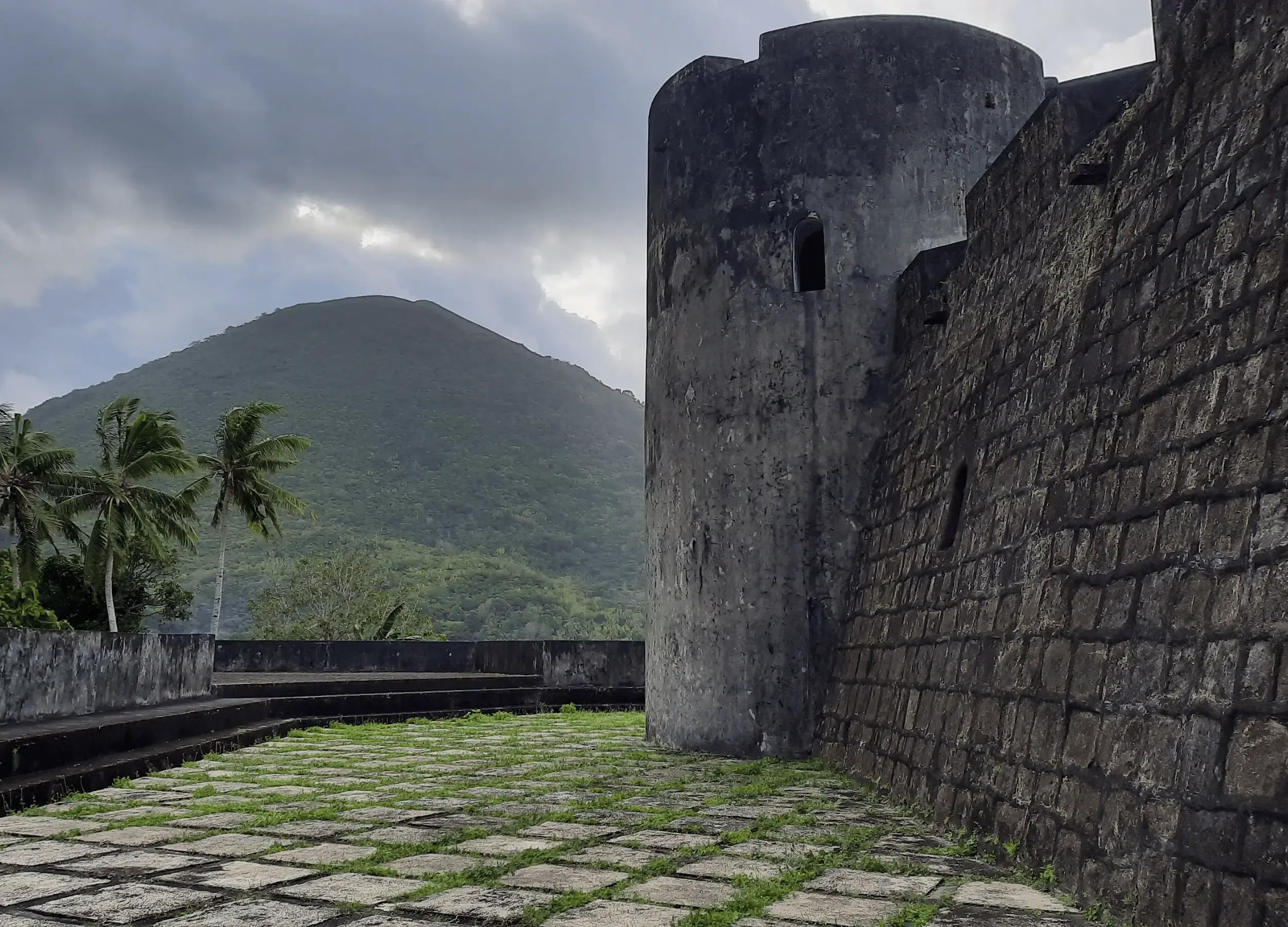
Evidence that Banda Neira was once a great trading centre is everywhere, while the 500-year-old cannons lying abandoned in the grass serve as a reminder of the days when the islands’ produce was worth fighting for. The little streets are lined with crumbling colonial houses.
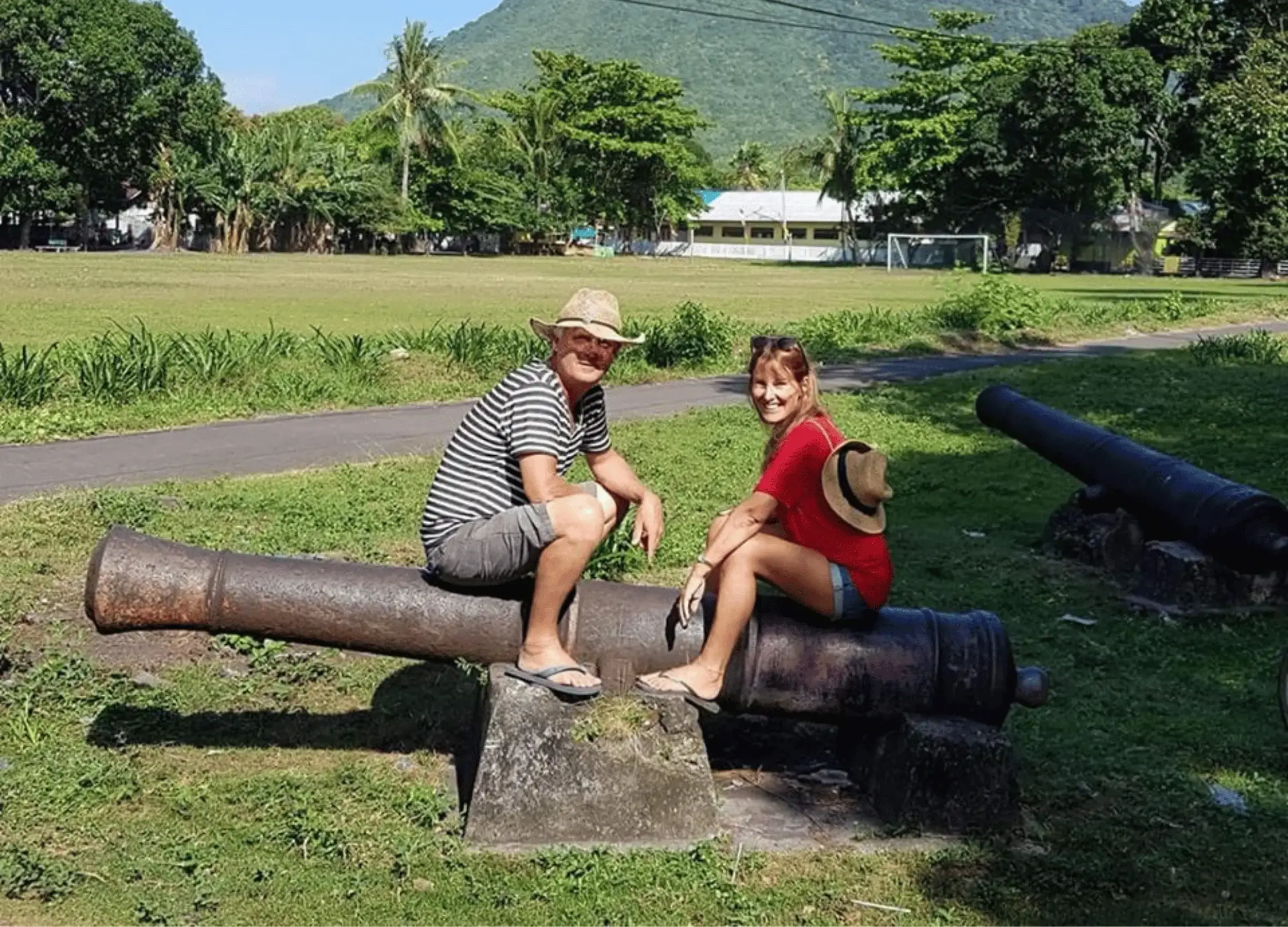
One was the residence of a British sea-captain who captured Fort Belgica from the Dutch; another was the home of Hatta, an exiled independence hero and Indonesia’s first vice president, you can still see the small classroom where he used to teach local children. The nearby lively market is the place to barter for cloves, tamarind, cinnamon and, of course, nutmeg.
Celebrating My Birthday at the Gunung Api Banda
One of our trips on SeaTrek’s Ombak Putih was to celebrate my birthday, and to mark the occasion, I decided to climb Gunung Api volcano, along with two other guests on the Ombak Putih and crew-member, Hatta.
At 3.30am, we were picked up by a boatman, before chugging across the Sonnegat to begin our adventure. The night before, we had read some TripAdvisor reviews of the climb, which were dominated by comments such as: “Hellish”, “Horrible”, and “Much more difficult than expected.”
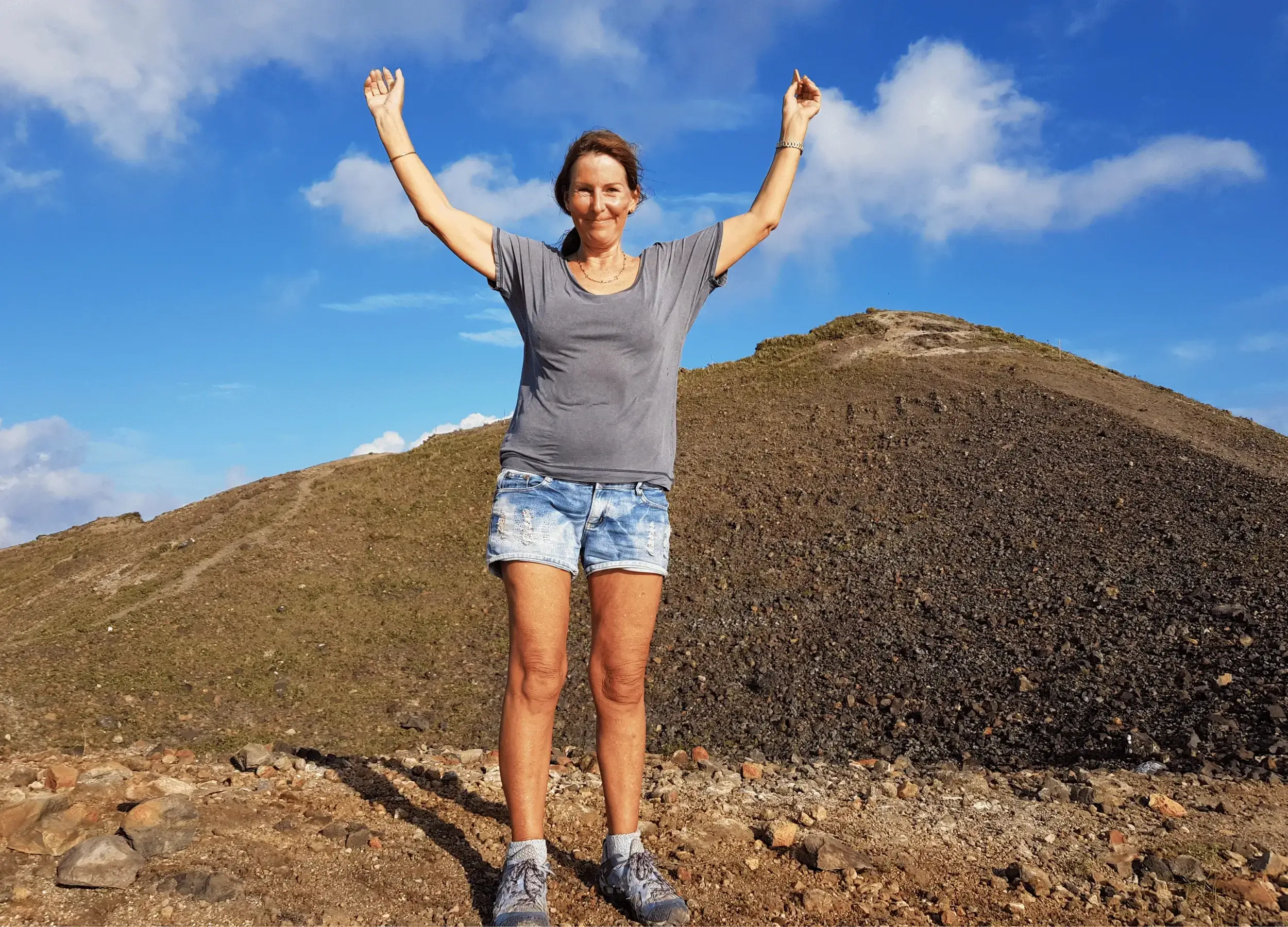
The trail is steep, and more than three quarters of the track is slippery due to the loose volcanic scree. Our two guides trekked in bare feet, with one or other of them always providing a hand to pull me up over the toughest bits.
After a two-hour sweaty slog, we reached the top and enjoyed a glorious vista of all the islands within the Banda Archipelago. The descent was equally arduous, but I’d climbed the volcano to prove that I was still capable of accomplishing such a vigorous feat at my new milestone age, and I was thrilled at my successful achievement.
Yet, this wasn’t my only aspiration for the day…
Snorkeling in Banda Neira
I was also keen to see some of the tiny mandarinfish, which reside in this region, dwelling on the seabed at about 18 metres deep. All-year-round, at dusk, they emerge from their hiding places and rise closer to the surface in search of potential mates.
Named for the colourful silk robes of the Imperial Chinese mandarins, they are flamboyant yet elusive, arguably the most beautiful fish in the sea. We’d been told that the best time and place to see them was at 5.45pm off the wharf in front of the famous Maulana Hotel, which over the years has attracted rock stars and royalty including The Rolling Stones and Princess Diana.
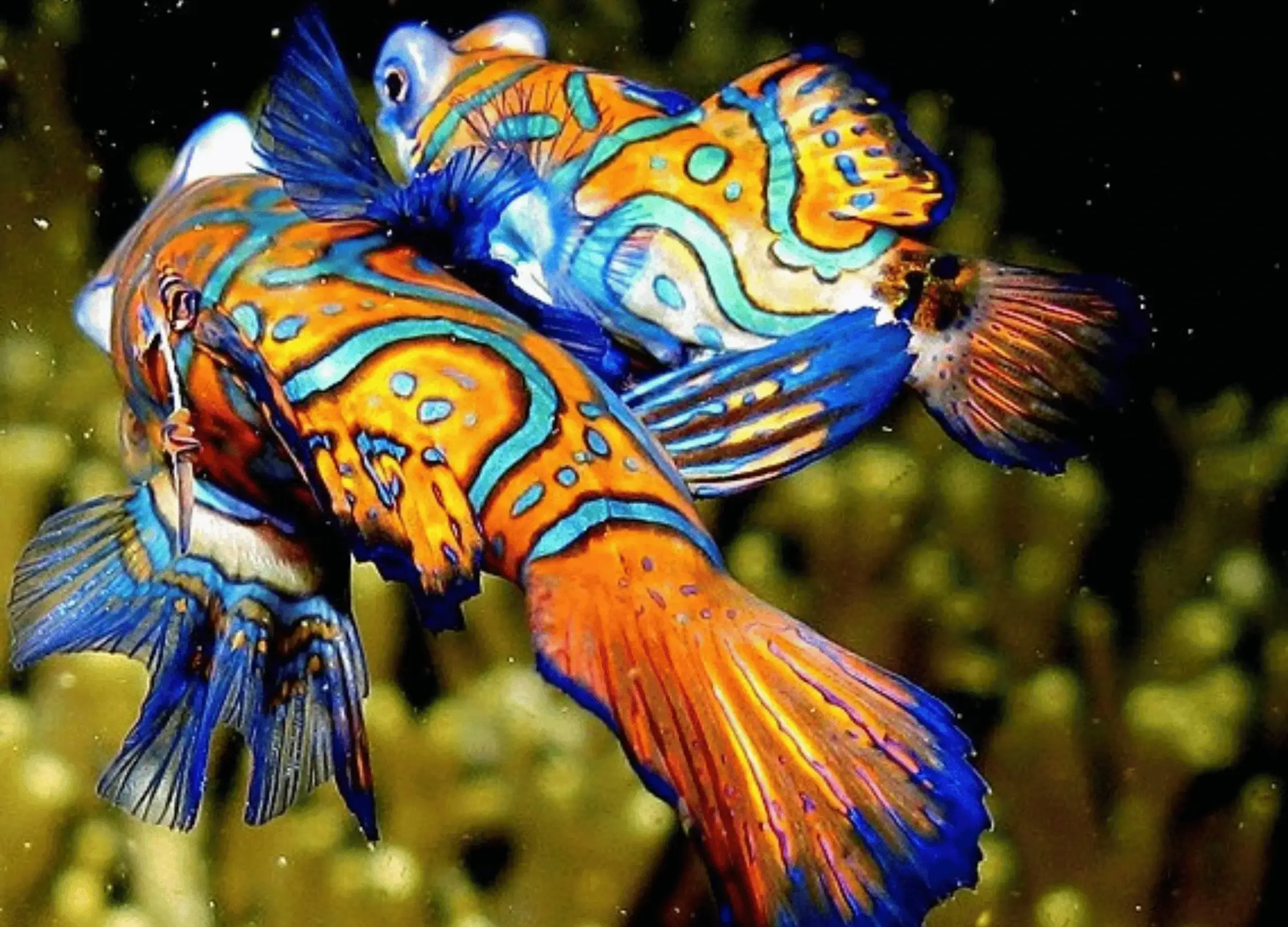
Just before sunset, wearing our masks and snorkels, Michael and I lowered ourselves into the cool still water beside the hotel’s wharf, and within minutes one of the legendary fish appeared, distinguished by his large, outward-set eyes, amphibian-shaped head, and wavy stripes of royal blue, bright yellow, neon green, turquoise and vivid mandarin-orange.
Watching the rapid pulse of his fins and his hovering movements, I likened him to a tiny underwater hummingbird. Could this be his courtship dance? Three more mandarins appeared on the scene, and in a flash of vibrant colour my little guy found his dance partner. The couple conjoined and rose up, cheek to cheek, for the briefest of passionate moments before releasing their spawn, instantly separating and darting away in opposite directions. Evidently there would be no parenting in this family.
Escorted by Kora-Kora in Banda
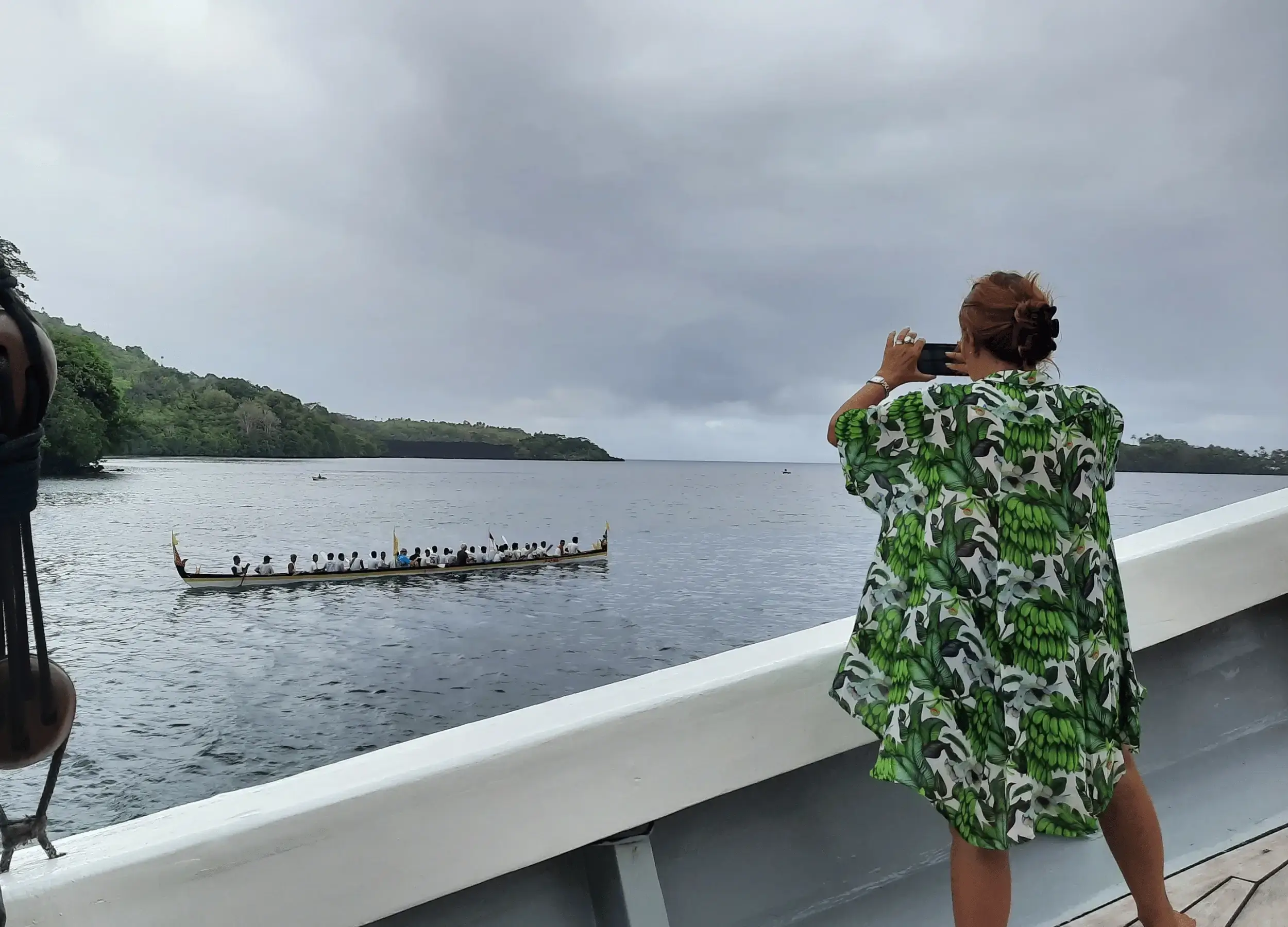
The following day, the Sonnegat became the scene of much mirth, merriment and friendly splashing. The Ombak Putih’s departure from Banda was farewelled by a traditional ‘kora-kora’ − Malukan war canoe, paddled by a crew of 24 shirtless men, singing loudly in unison to bid us a safe voyage home.
Banda is a hard place to get to and an even harder place to leave, but we’ll be back.







